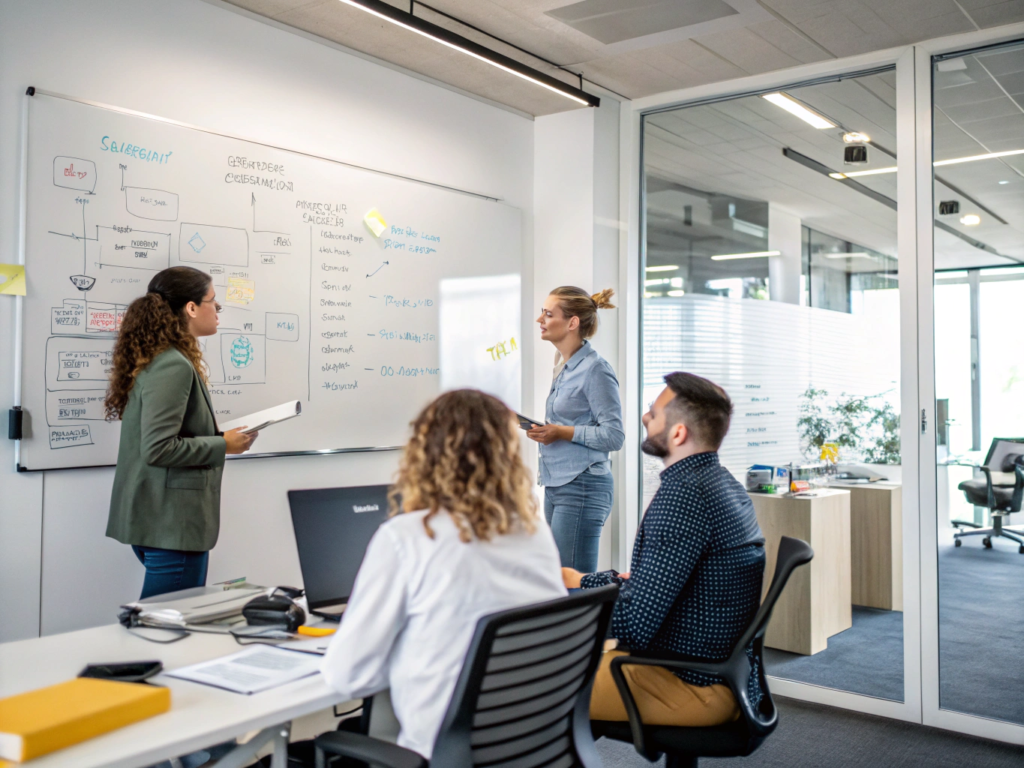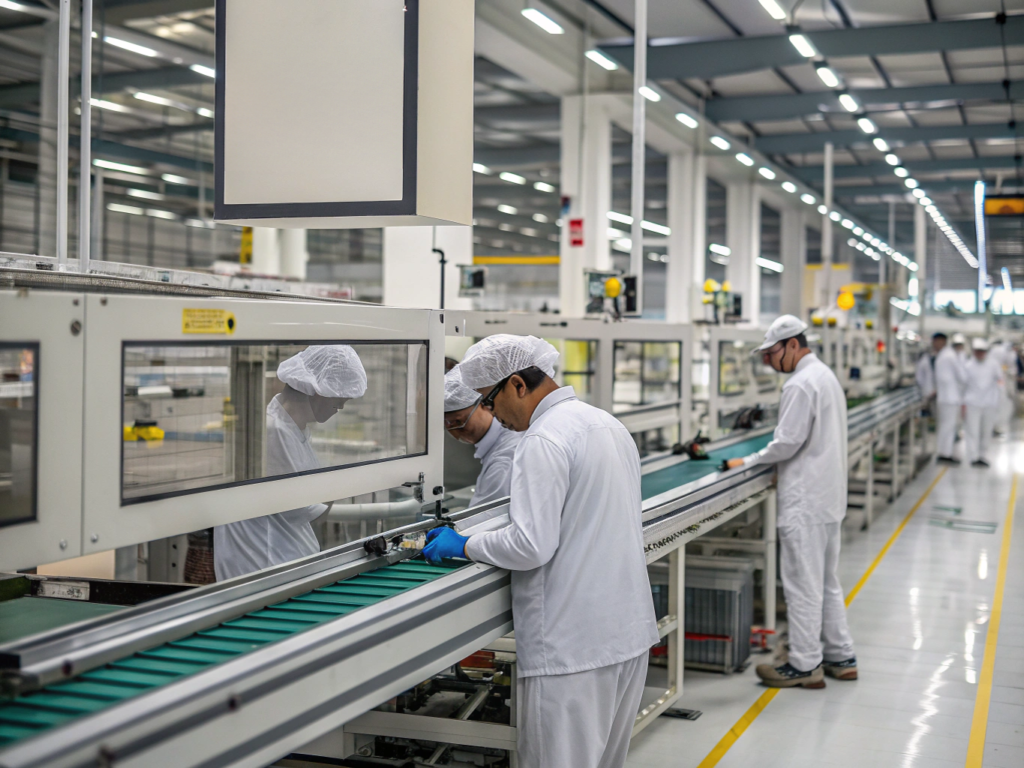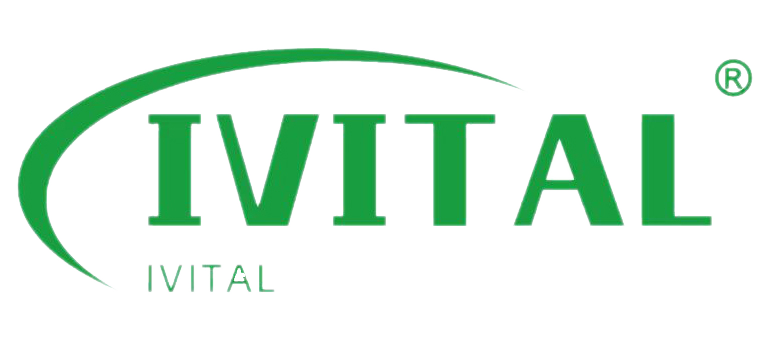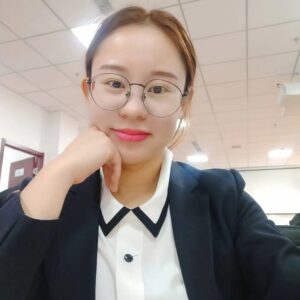Tariffs raise prices—but they also expose deeper problems in the supply chain.
To reduce the impact of tax increases, companies are using bonded area transshipment, segmented production, and supply chain diversification to bypass tariff risk points.
A few years ago, the worst-case scenario was a shipment delay. Now, the wrong sourcing structure can make your entire import strategy unprofitable.
[Table of contents]
- Do I have to pay customs for Chinese goods in 2025?
- How can I restructure my supply chain to reduce tariff impact?
- What is bonded area transshipment and how does it work?
- How does segmented production help with tariff avoidance?
- What are cross-border procurement strategies to avoid tariffs?
- How can I diversify my supply chain to manage long-term risk?
Do I have to pay customs for Chinese goods in 2025?
Yes, even low-value shipments are no longer exempt.
As of May 2, 2025, all Chinese goods, regardless of value, are subject to full U.S. tariffs due to the removal of the de minimis rule.

Dive Deeper
What used to be a testing strategy—ordering a few samples or low-value equipment—is now risky. For importers, it means cost re-evaluation starts at the smallest level. It also encourages using offshore bonded facilities or alternative shipping channels.
How can I restructure my supply chain to reduce tariff impact?
You can redesign your entire flow to limit exposure.
Move partial production, use bonded zones, or establish layered assembly in neutral countries to reduce tariff triggers.

Dive Deeper
🛠 Common Restructuring Moves:
- Source raw parts in China → assemble in Vietnam
- Finalize electronics in bonded zones before U.S. entry
- Use double-invoicing for internal cost balancing
Tariffs often apply based on country of origin, so manipulating that legally through structural changes is one of the most effective workarounds.
What is bonded area transshipment and how does it work?
Bonded zones can be used to change routing or final processing points.
Bonded area transshipment lets you ship goods to special zones where tariffs don’t apply until the goods enter their final market.
Dive Deeper
| Country | Common Bonded Zones | Use Case for Hoists |
|---|---|---|
| Vietnam | Cat Lai, Hai Phong | Light assembly + re-export |
| Malaysia | Port Klang Free Zone | Customs inspection + packaging |
| UAE | Jebel Ali Free Zone | Consolidation hub for MENA |
Bonded warehousing also enables delayed customs clearance, which can be useful if tariffs are expected to change in the near term.
How does segmented production help with tariff avoidance?
When different parts are made in different countries, you can avoid triggering high tariffs.
Segmented production breaks manufacturing into stages done in low-risk countries, changing the final product’s origin code.
Dive Deeper
If the motor comes from China but casing and assembly happens in India, your final COO (Country of Origin) might be India—not China. That’s how some electric hoist companies are now legally reclassifying their goods to avoid U.S. tariffs.
Key Tip:
Rules of origin differ by country—so consult trade compliance teams or FTZ consultants for validation.
What are cross-border procurement strategies to avoid tariffs?
Cross-border strategies offer legal and flexible alternatives.
Use intermediary suppliers in neutral countries, reclassify parts, and renegotiate INCO terms to shift duties and costs.
Dive Deeper
🧭 Tactics:
- Work with a distributor in Thailand to finalize documentation and shipping
- Use FOB terms from Southeast Asia instead of China
- Consolidate multi-supplier loads into a third country
With smart routing, even components from China can become non-China goods in the eyes of U.S. Customs.
How can I diversify my supply chain to manage long-term risk?
Diversification makes the system resilient—not just cheaper.
Spread production across 2–3 low-tariff countries, establish regional hubs, and reduce over-reliance on one country or port.
Dive Deeper
| Region | Strategic Advantage | Tariff Risk | Lead Time |
|---|---|---|---|
| Vietnam | Strong light industrial base | Low | Medium |
| India | Skilled electrical assembly | Medium | Medium |
| Mexico | USMCA zone, nearshore | Very Low | Low |
| Turkey | CE/UK market friendly | Low | Low |
Think in supply chain ecosystems, not just point-to-point shipments. That’s how the industry is preparing for the next round of policy shifts.
Conclusion
The goal isn’t just saving money—it’s avoiding surprises.



